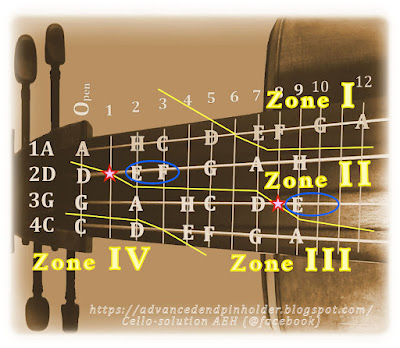[ 01/31/2023 ] Labels: 1A0A.Resonance A
The orbit of A(221Hz) tone in a cello body takes the skinniest single orbit. :Period=4.52mS, Wavelength=1.54m. Synchronizing with all directions.
The upper part of the 8-shape orbit in the body is finely oscillating taking mainly 4 beats. Cello player might be able to listen A(884Hz) overtone in it.
A(221Hz)トーンは、8の字形のシングル共鳴軌道が最もスリムな形に短くなる。周期=4.52mS、波長=1.54m。全方位に 同期して音を放散している。
共鳴軌道は上部筐体内で細かく揺れている。揺れは1周期当たりほぼ4回であり、2オクターブ上の A(884Hz)付近の周波数である。


_pz_221129_C0067jpg.jpg)
_pz_221129_C0069.jpg)
_pz_221129_C0064-2.jpg)
_pz_221129_C0066-2.jpg)


_bw_221129_C0165.jpg)

_pz_221129_C0169.jpg)
_bw_221129_C0208-S3.jpg)


_bw_221129_C0155-S2.jpg)
_bw_221129_C0160-S2.jpg)






